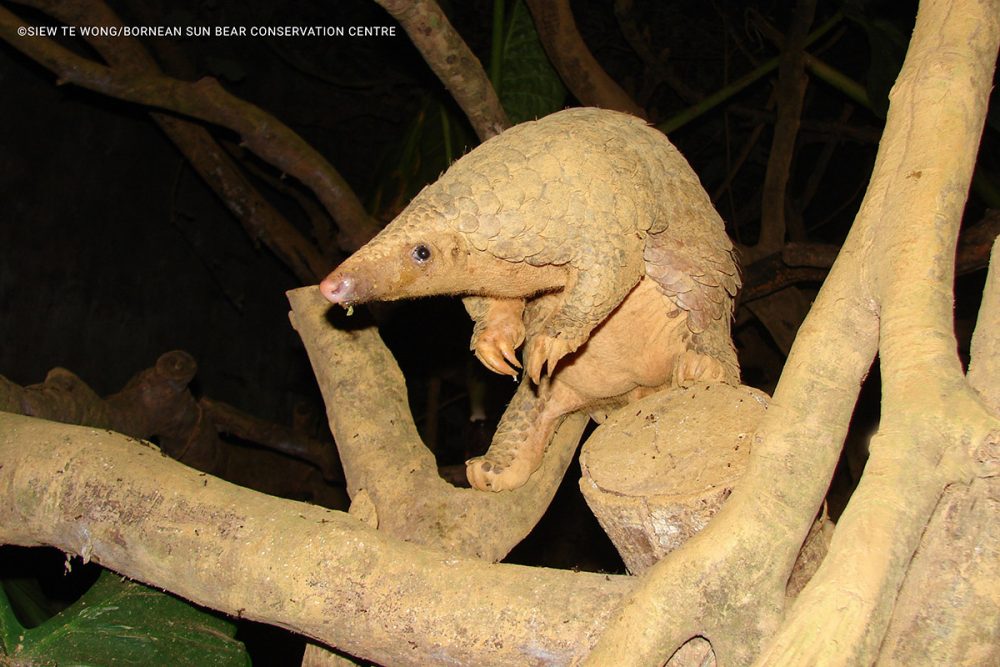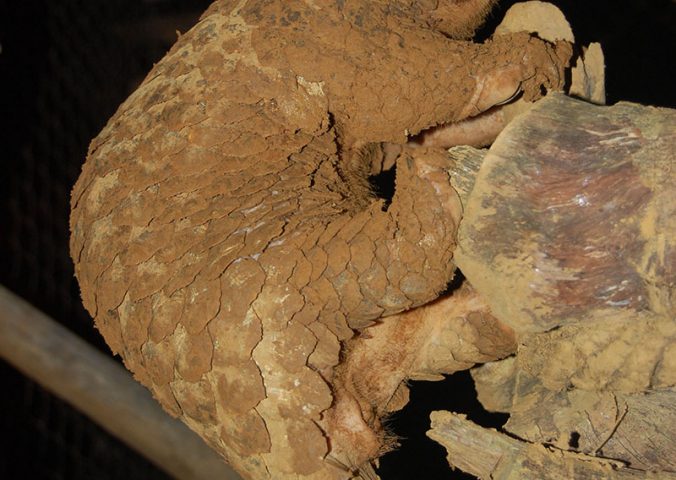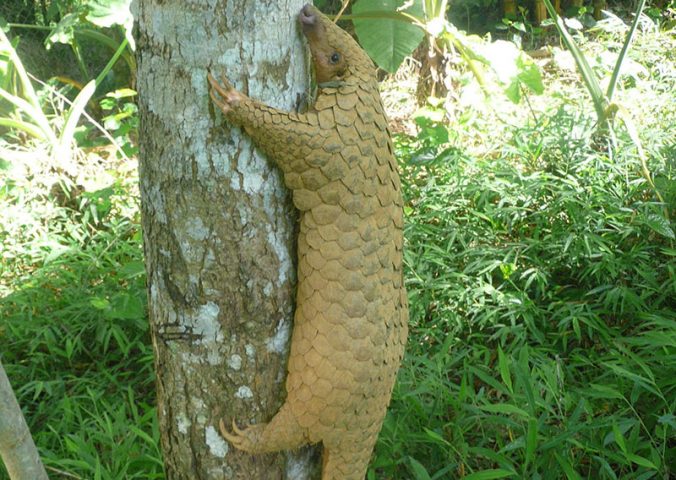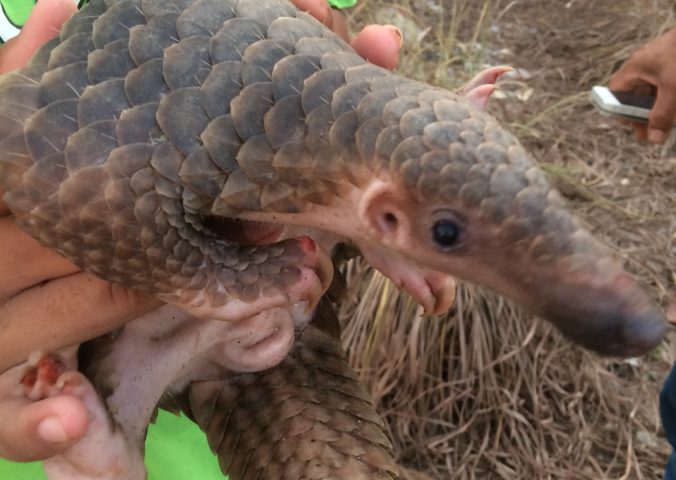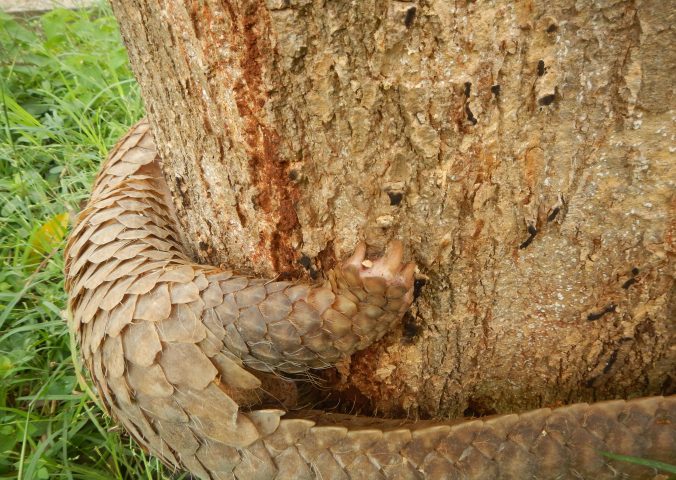About
Pangolins are the world’s most trafficked mammal.
The species is heavily hunted both within China and its other range states, for its meat, which is considered a delicacy, as well as for its skin and scales which are used in traditional Chinese medicine.
Sunda pangolins, or scaly anteaters are a group of unusual mammals with tough, protective keratin scales. They have convergently developed many features that other ant, or termite eating species share – such as long powerful claws, for ripping open ant and termite nests, and a long, thin, sticky tongue which can measure up to 40 cm in length, for scooping up its prey.
Despite these shared characteristics, they are not closely related to species such as aardvarks or anteaters, with the 8 species of pangolin being the only members of their family Pholidota, and also their family Manidae. One of the closest relative to the pangolin is the mongoose, and they last shared a common ancestor around 75 million years ago!
- Order: Pholidota
- Family: Manidae
- Population: Unknown
- Trend: decreasing
- Size: 45-52cm
- Weight: 4.2-7.5kg
EDGE Score
Distribution
The Sunda pangolins’ range covers much of mainland Southeast Asia, from southern Myanmar through central and southern Lao PDR, much of Thailand, central and southern Vietnam, Cambodia, to Peninsular Malaysia, to Sumatra, Java and adjacent islands (Indonesia) to Borneo (Malaysia, Indonesia, Brunei).
Habitat and Ecology
This pangolin has been found in primary and secondary forest, and in cultivated areas including gardens and plantations, including near human settlements. Like other pangolins, they are nocturnal, solitary, and a specialised feeder on ants and termites with their long sticky tongues. They sleep in hollows either in, or at the base of trees, rather than excavating their own burrows in soil.
